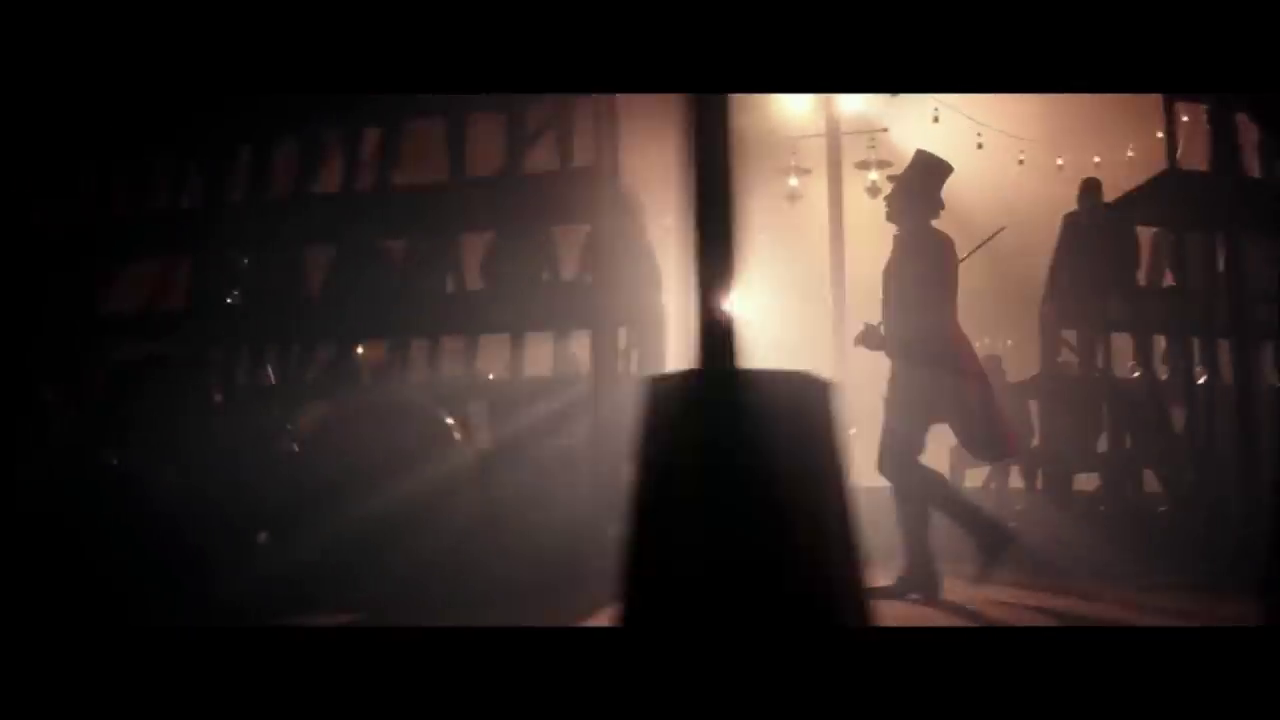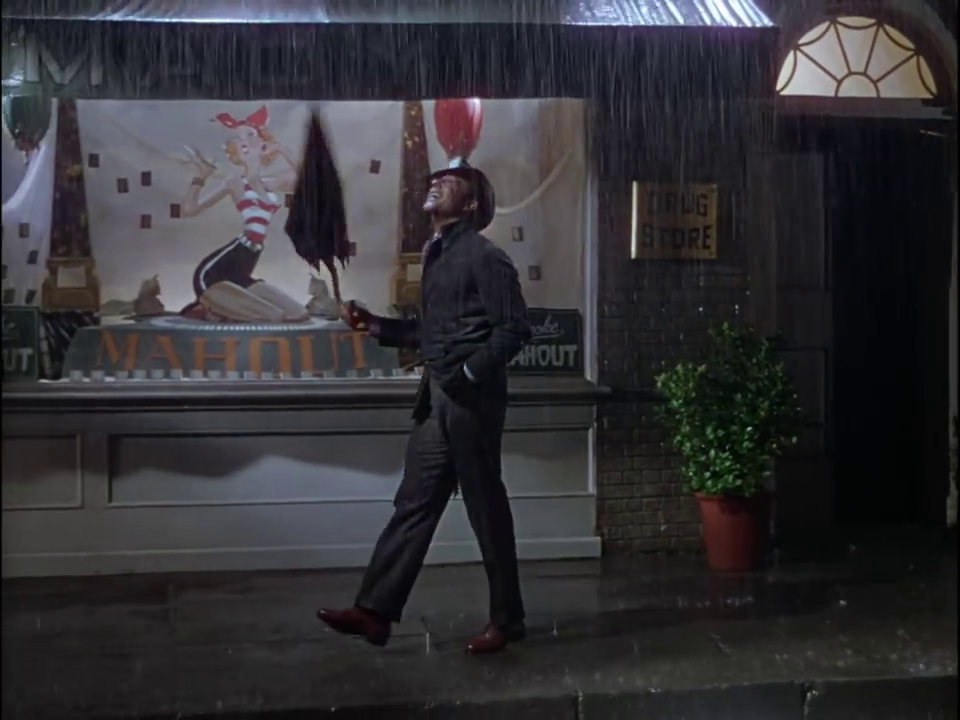3rd Party
3x3 brief essays on stoppingMax Oginz holds a BA in English and Creative Writing from Concordia University and is an MA student in San Francisco State University’s Cinema Studies program. His work appears in Sleepingfish, Fanzine, and Queen Mob’s Teahouse.
These Videos Will Load, but Most Importantly, They’ll Stop
3rd Party combines text and video to refigure YouTube content as sensory data. In three short, fragmentary essays, it posits that exponentially spawned media constitutes a loop of refrains, and uses the term to examine how content and its effects challenge notions of identity, the nature of distraction, ritual, and the ecological impact of technology. These texts imagine the end of content, and the project’s cinematic component emulates this end through brief, simultaneous dissonances of audiovisual noise.
&
forgive_ the_ familiar



1. Forgive The Familiar
For those hypnotized, the browser seems to navigate automatically, but the clicks that comprise deviations are far from incidental. They’re not capital in the pocket of the creator. Content is not created per se, but instead spawned exponentially, plugged into a consumer ecosystem that transforms daily life into a two-way advertisement. It’s impossible to write about content without being automated into redundancy––there is no synonym, as content is a metonym for anything “created” online. Description requires repetition. Content is not video, not image, not text––it’s the ear of ears. Content tracks desires and repackages them as commercials, and yet content itself is a commercial. In innumerable videos of desk setups, electronics reviews, and shoe comparisons, we are sold products to make us more productive creators of content. Life becomes an advertisement for protein powder. Content is capital, and is infinitely more lucrative to the corporation than to the creator. This is the market for content as we know it. And for those in the thrall (just about anyone with time [and we have more of it than we think]) the audiovisual archive can seem filled with distractions placed between you and self-improvement. Consider the spritely compilations of Vine relics and the TikToks that recall them. For others, self-improvement is content. YouTube content is thick with looping refrains that recall a broken music, from the personal affirmations of Yoga and mindfulness mantras, to the many plant-based wakenings of wellness vloggers. Then consider the endorsement of sponsors, the encouragement of patrons. Nothing is more familiar than the words, “like,” “comment” and “subscribe.” Despite our innocuous relationship to them, these refrains produce something––capitol, distraction, growth––they are designed to make something happen. But perhaps instead they can be recalibrated to make nothing happen––the video might cease to be content, and become an archive of sensory spillage. Through refrains, content as metonym provides an image as sparse and crystallized as poetry. By allowing content to wash over us like a decaying tape loop of dramaturgy, content becomes synonymous with its end.
&
no_ clocks_ many_ mirrors
 .
.


2. No Clocks, Many Mirrors
Virtual interfaces are designed to be habit forming. Our devotion borders on an organized religion, but how will future anthropologists even determine that screens were devices meant to project light, rather than reflect it? What if all evidence of content decays, along with the servers, and the monoliths of our time dissipate? Not even dust. Figure this end a stopping-point in content, consisting of monologues without center, stumbling, half mumbled accounts of ether––content figured as its end, blurted as fast as this server allows––not faster. If we had the choice to stop modifying our parameters, would we? It’s just as likely, in some distant future, that they will mistake these crystals for ritualistic mirrors. Our devotion might seem like collectivity, but we might easily figure our collective hypnosis, instead, as solitary catechism. This is evidenced by the advancement of AI that tailors content to predisposed beliefs and preferences. The exponential mechanic of content is also the instrument of refrain. Especially when apps offer the promise self-improvement (which doubles as exponential advertisement), as in the case of much YouTube content, it’s difficult to know when to stop. Beginning again can isolate and exaggerate preferences we didn’t know we had––or don’t have at all. The algorithm prefers starting over with a new video that echoes the same set of refrains. We enter this content cycle, and increasingly, if we forget each other, we could survive until extinction without ending it. Here a time-based medium threatens to transcend relative time.
&
&
certainty is vanity



3. Certainty is Vanity
We continue before we want to. Perhaps if we knew when to stop, we might reveal something jagged but vital in the psyche, a locus of noise, and at its center, a desire to lift the binary between opacity and visibility, favoring durational fog and the abruptness of an end, like a popup window that’s been breathed on. Refrain then denies itself, arresting the continual flow of content––forming a dialogic of repetition that fails to repeat. A single video is linear, it travels forward or back in steps, and has a beginning. A video ends. Now that content has the ability to eschew this form, to autoplay into tomorrow and beyond, how might we refigure pause? It’s hard to say definitively whether time elapses or accumulates in YouTube’s interface. These videos are housed by hallways of unrenewable metals, air-conditioned, releasing carbon with each click. By ending content, we might stop carbon, or some of it anyway. But refrains aren’t just a lifestyle, they seem to be the lifestyle. Content saves time. In its exponential beginning, it redeems duration from an anthropic end. Is it a sign of millennial ambivalence, then, that I figure this very stop-page as content? A page of widgets is quicker than a book of hours. Rather than propose a solution, all this is to say that content makes something happen. Content on autoplay is not only data-based, but it is also as physical as trees, cows, and cars––as incendiary as wildfires and cleared jungle. But what if we could use content to make nothing happen?
&→







